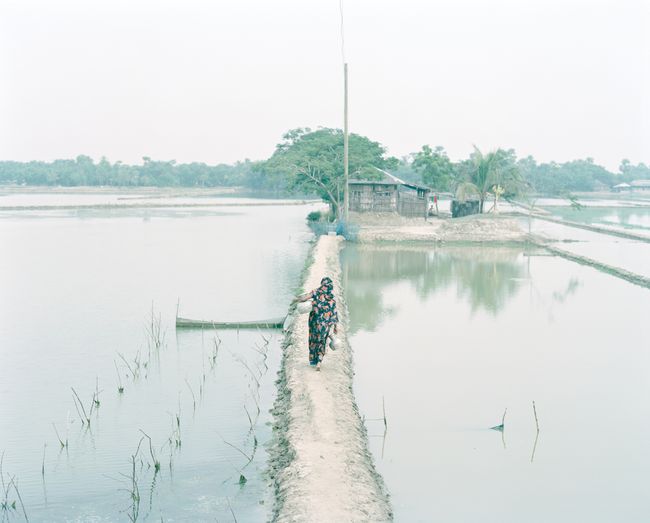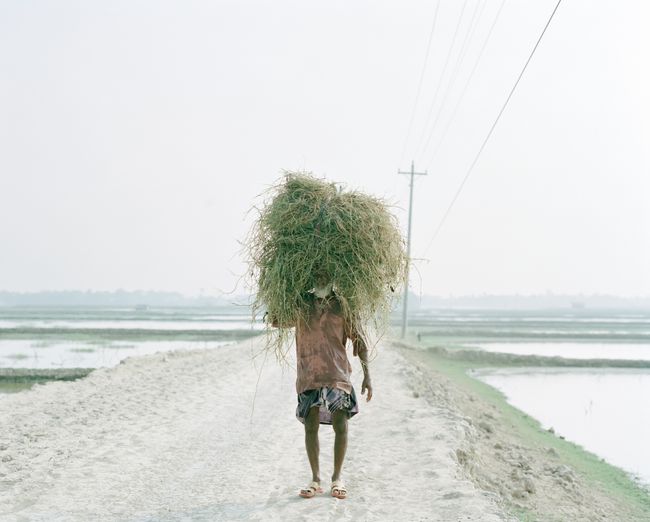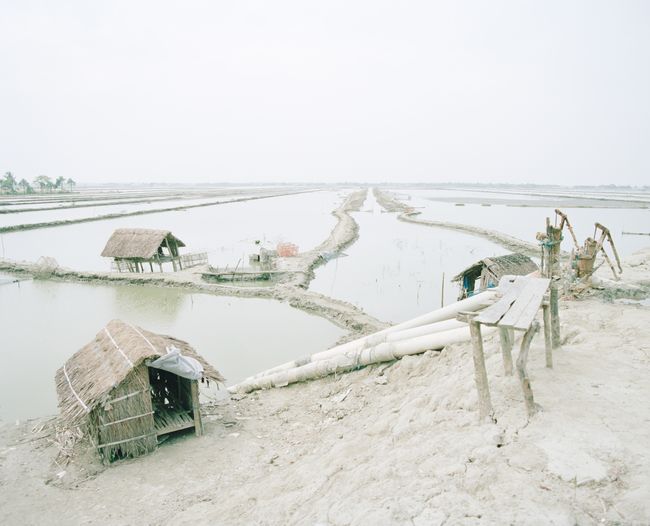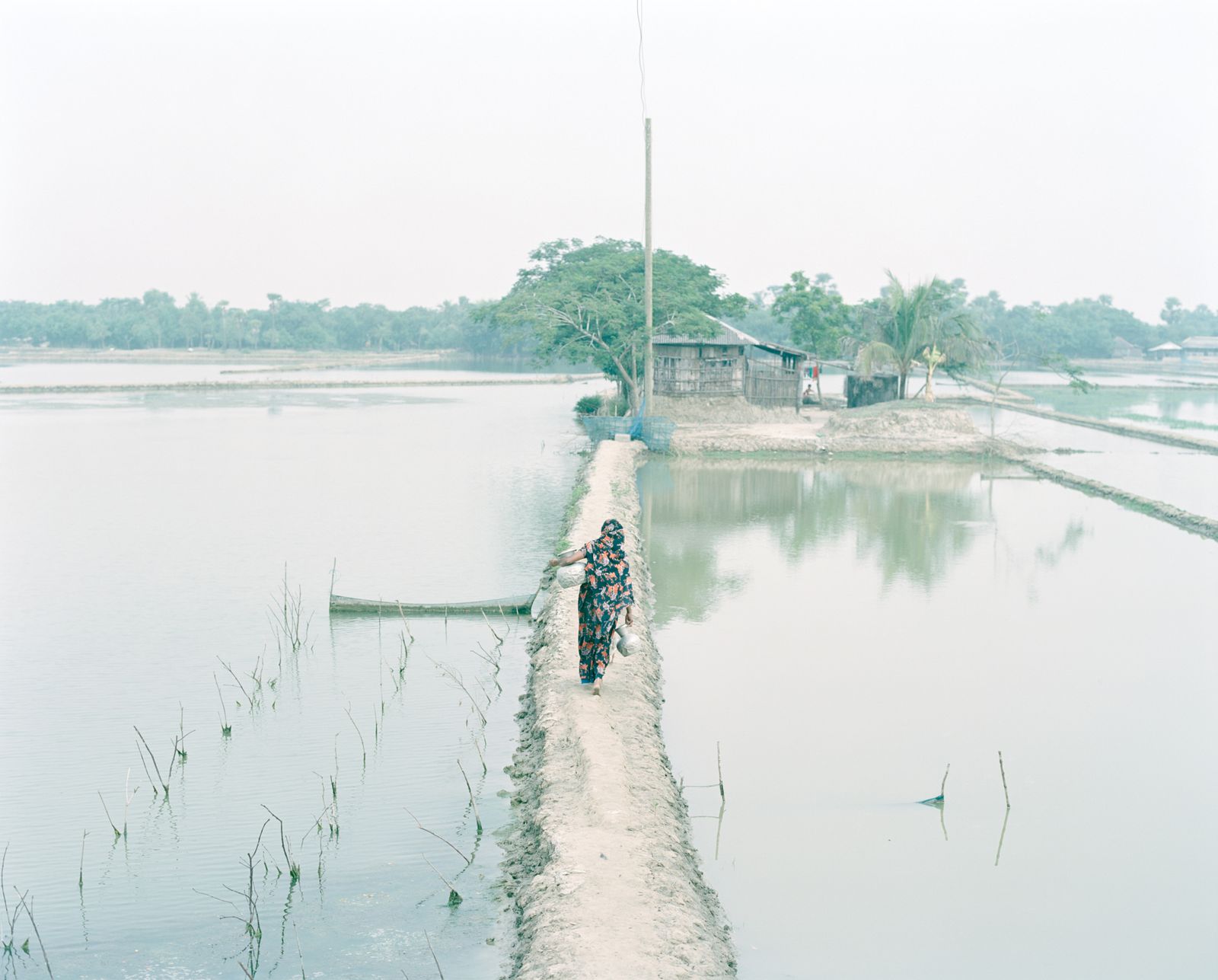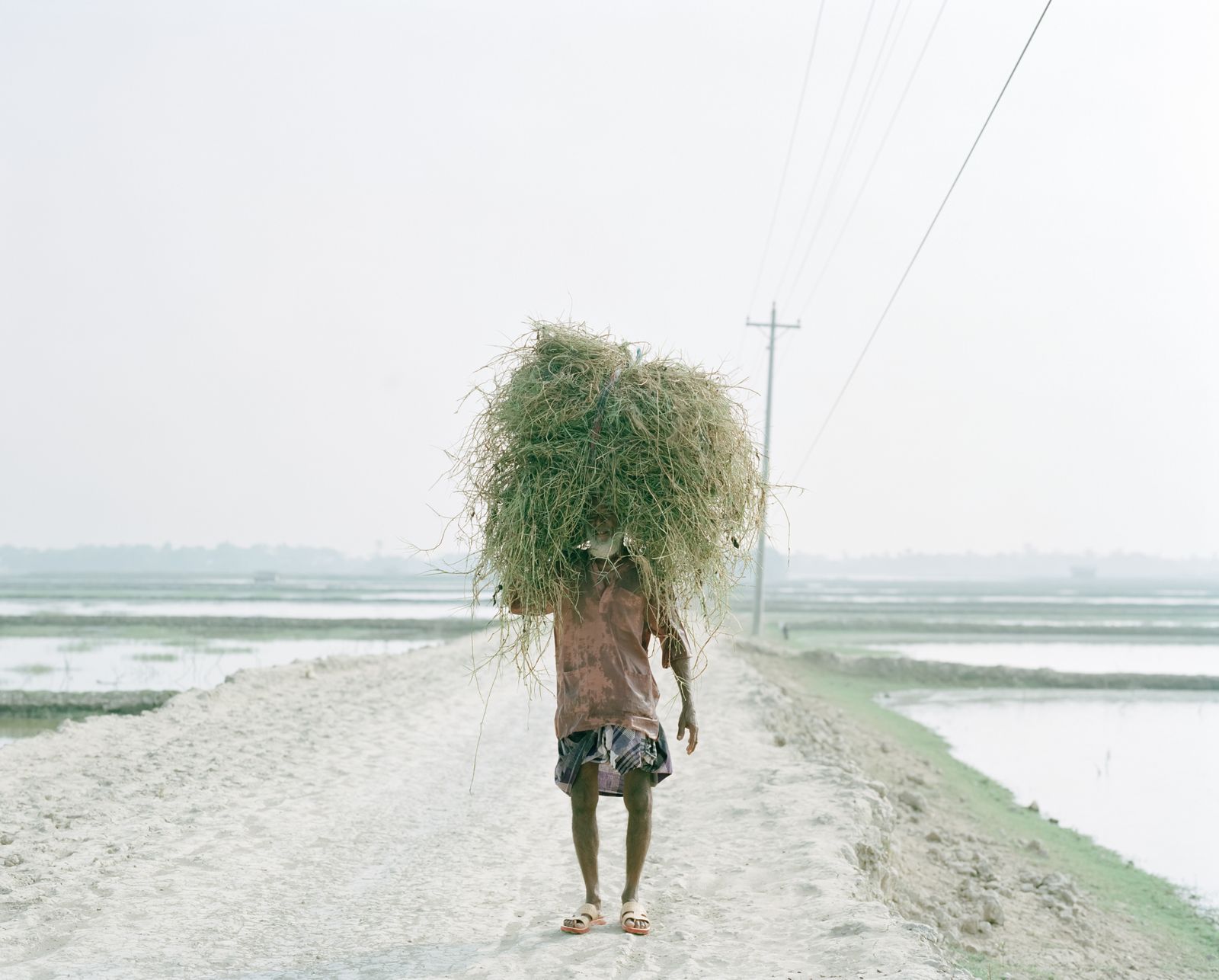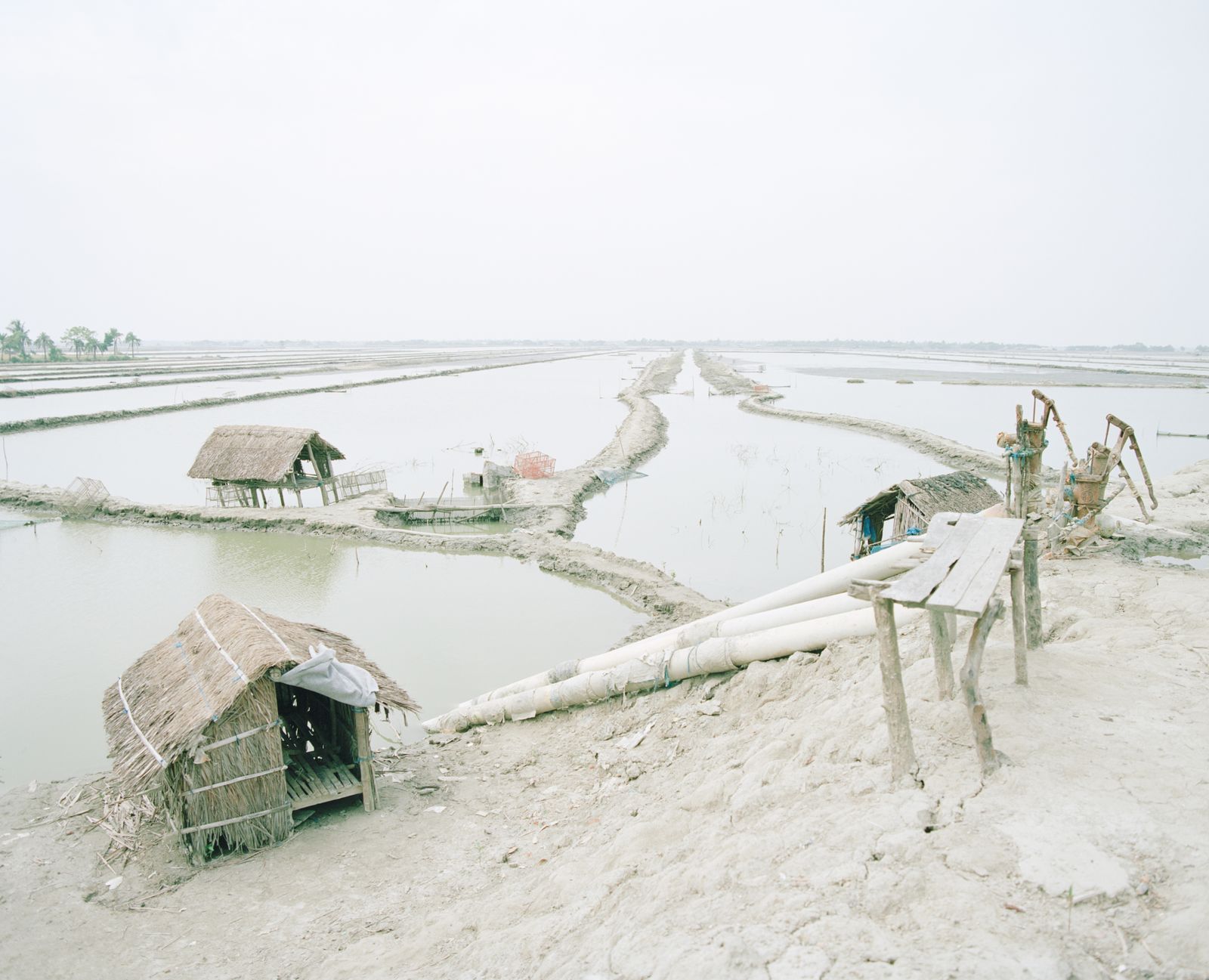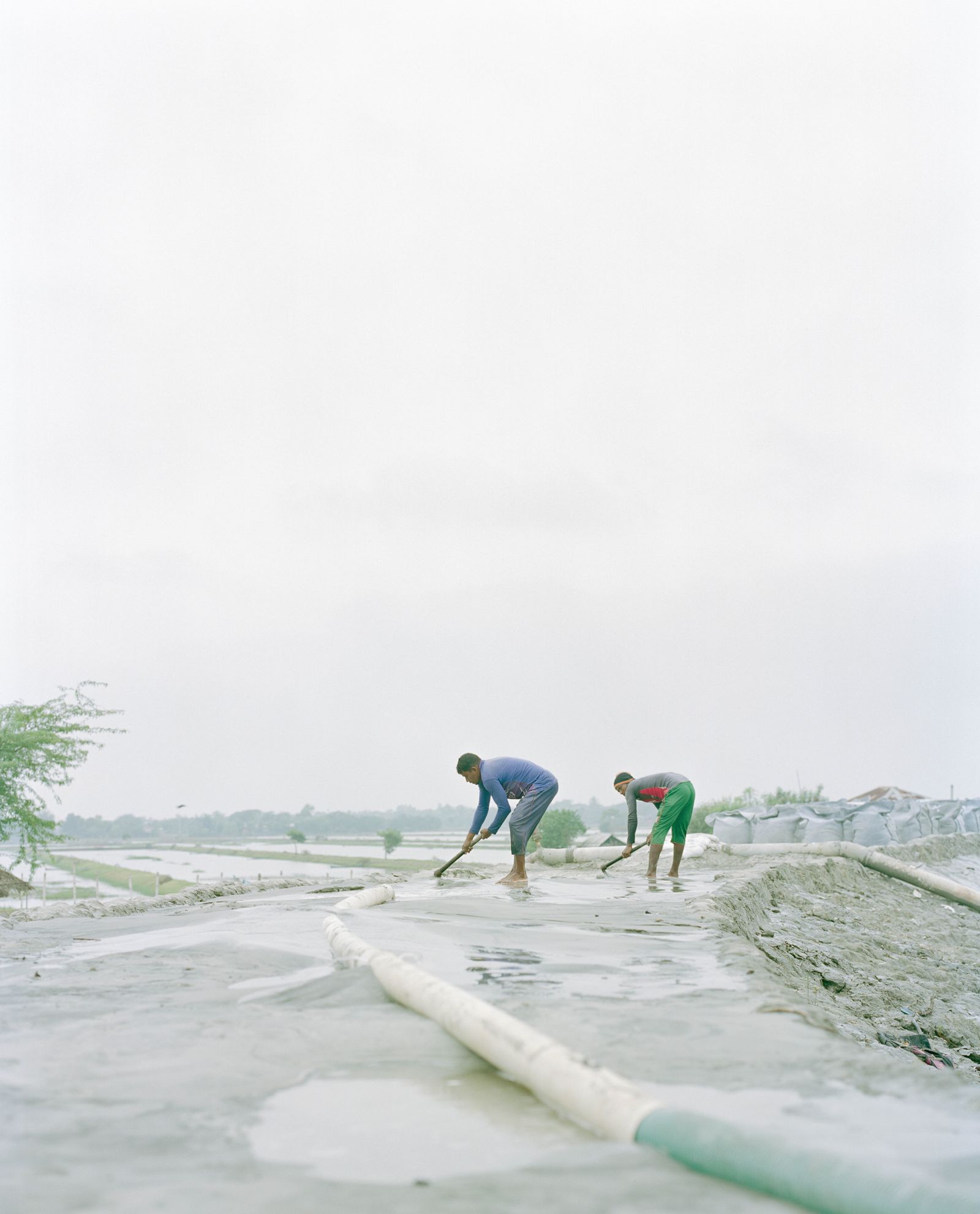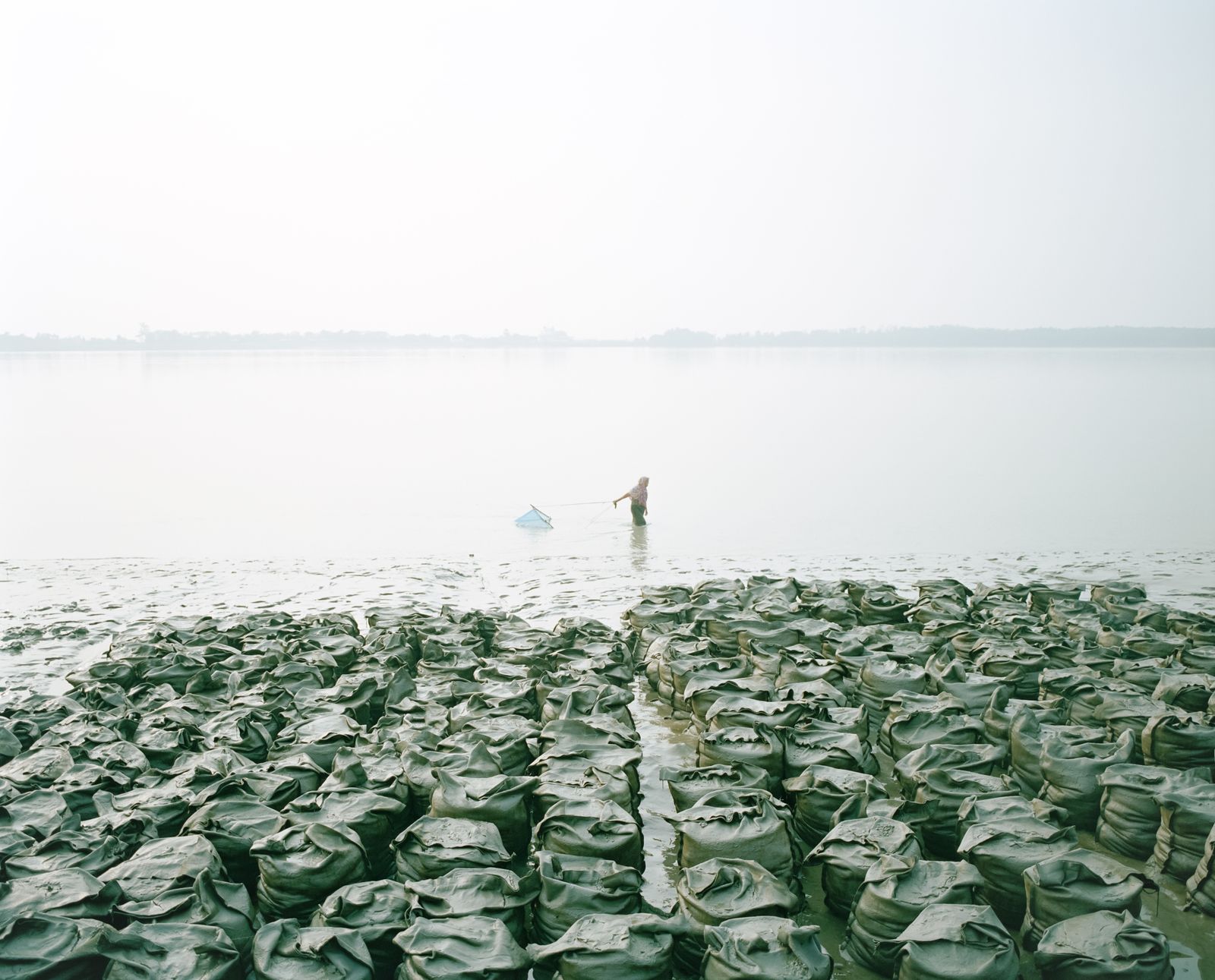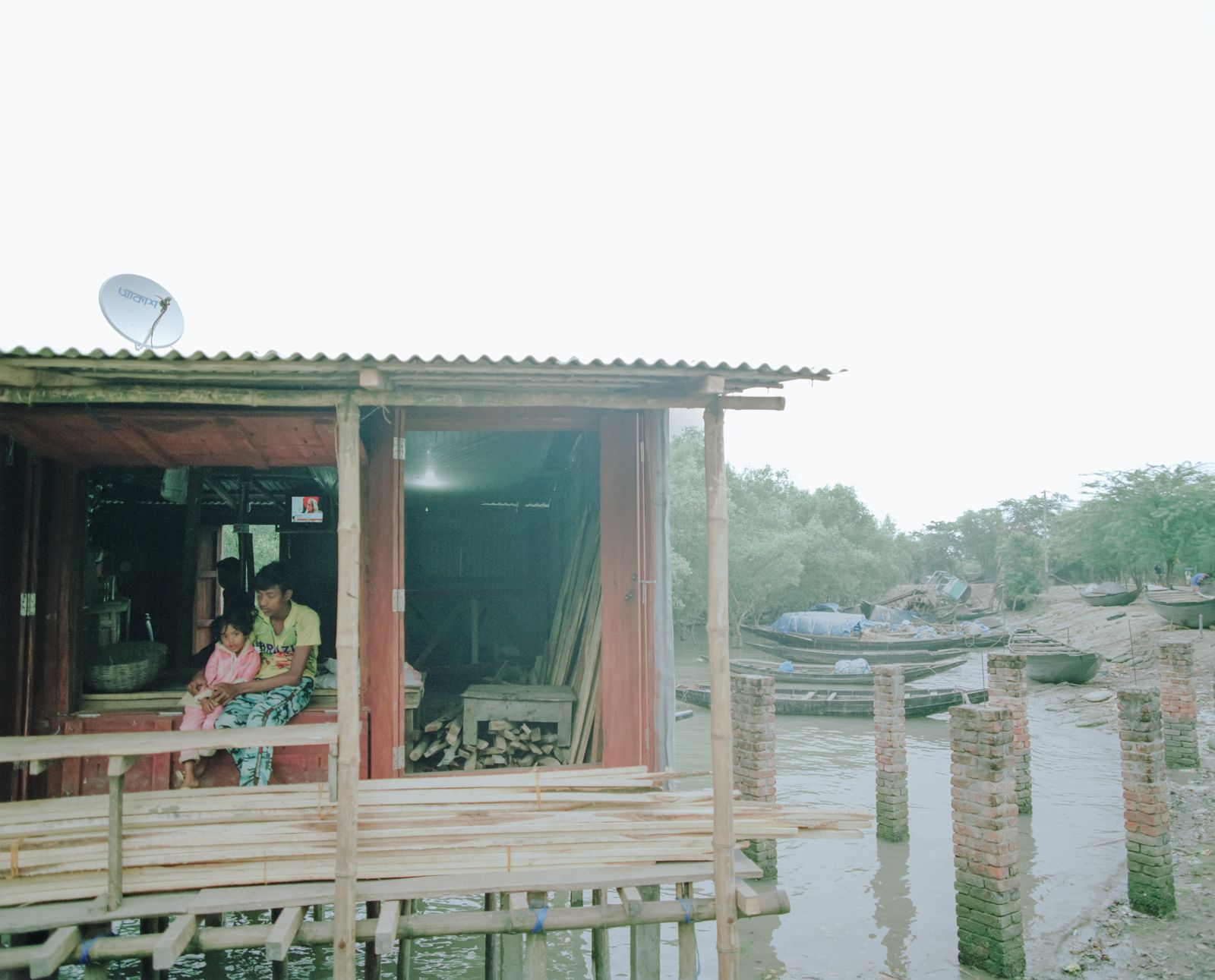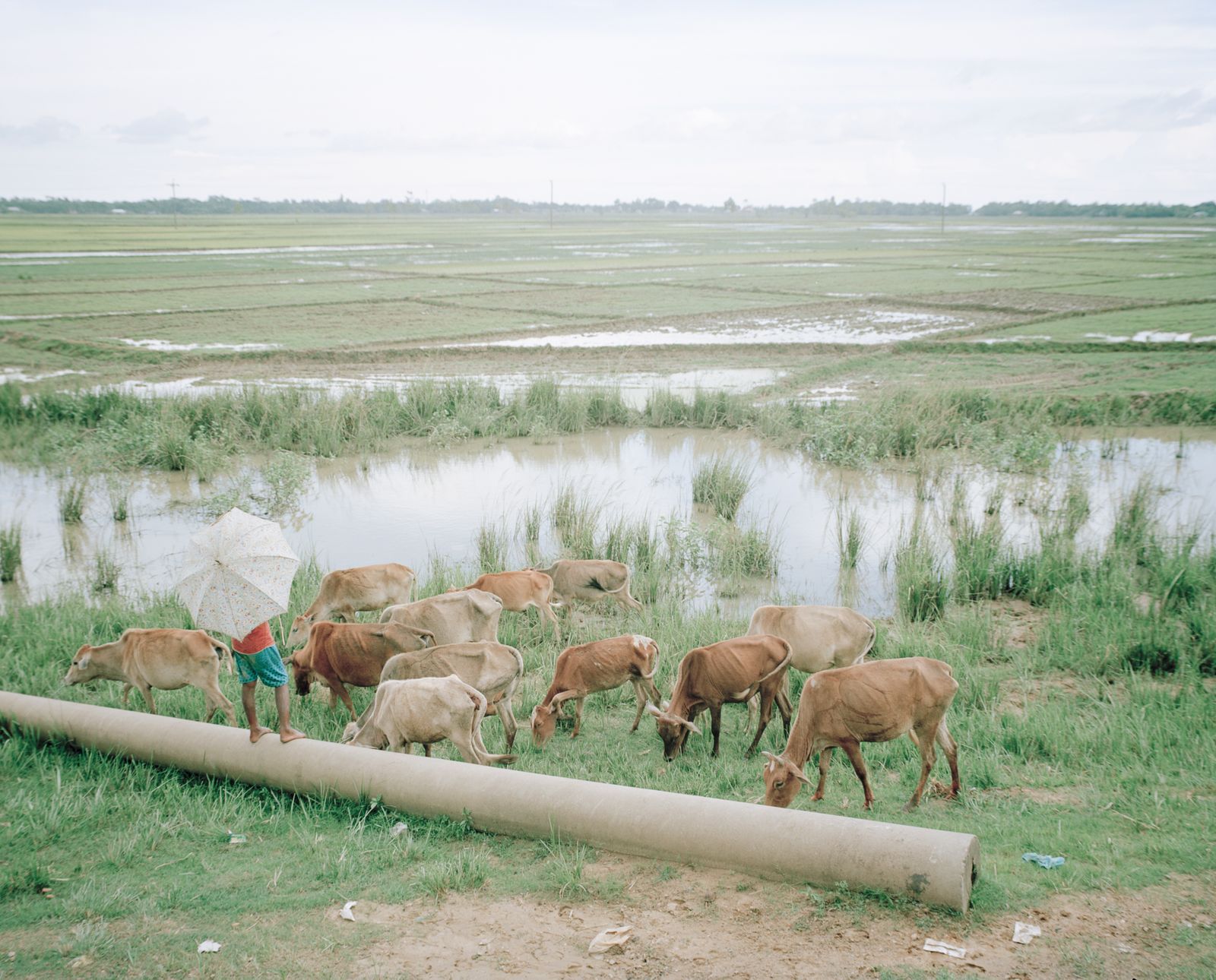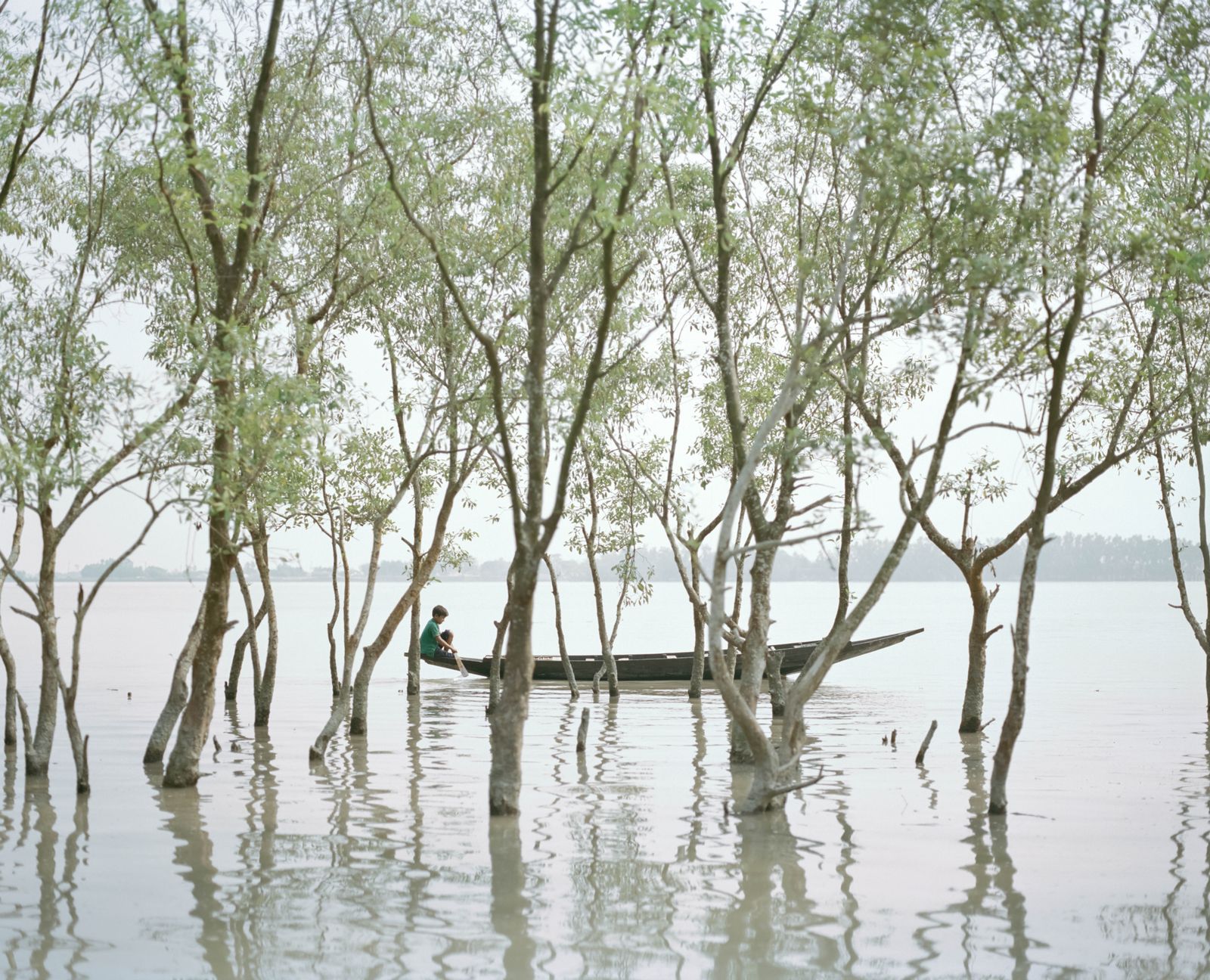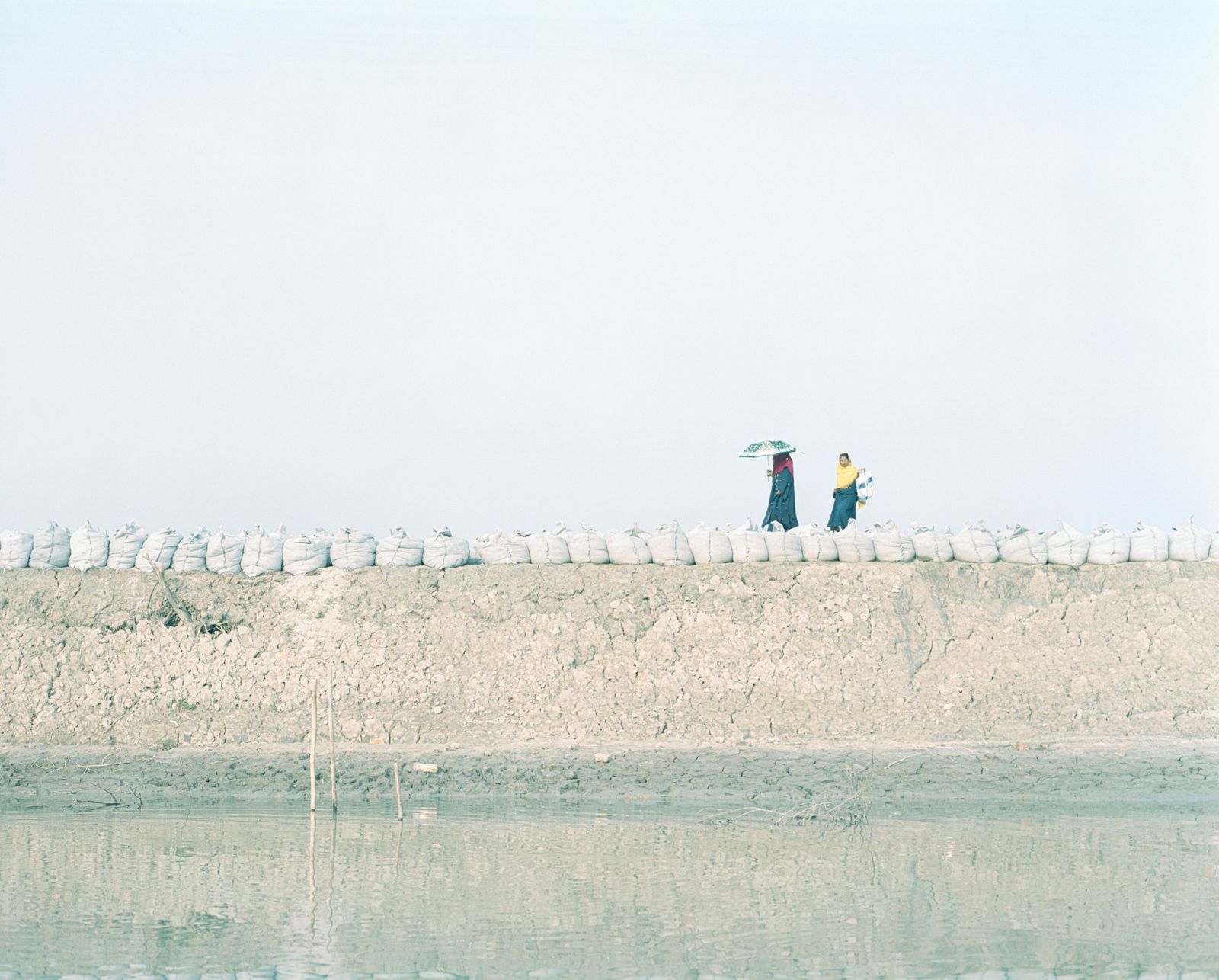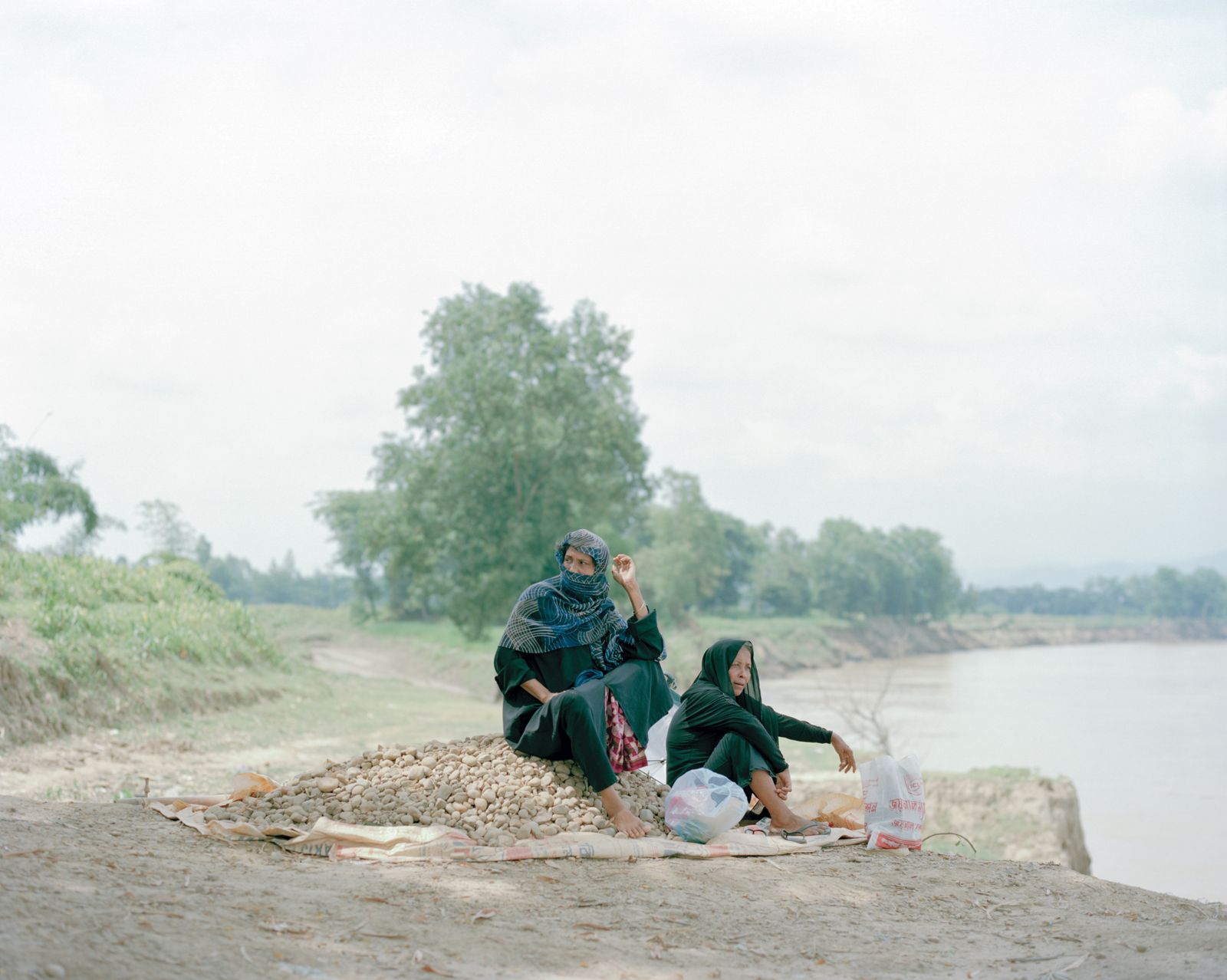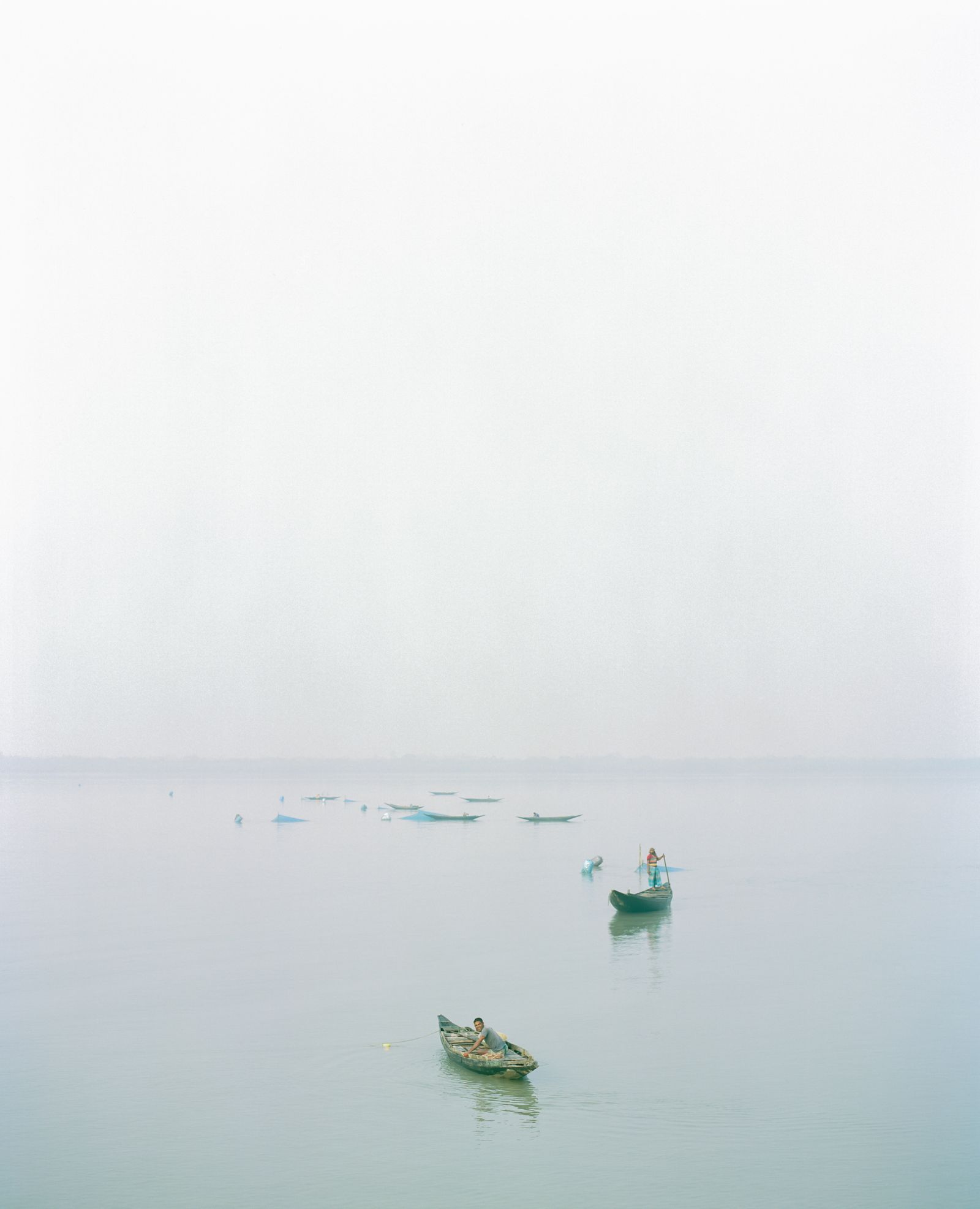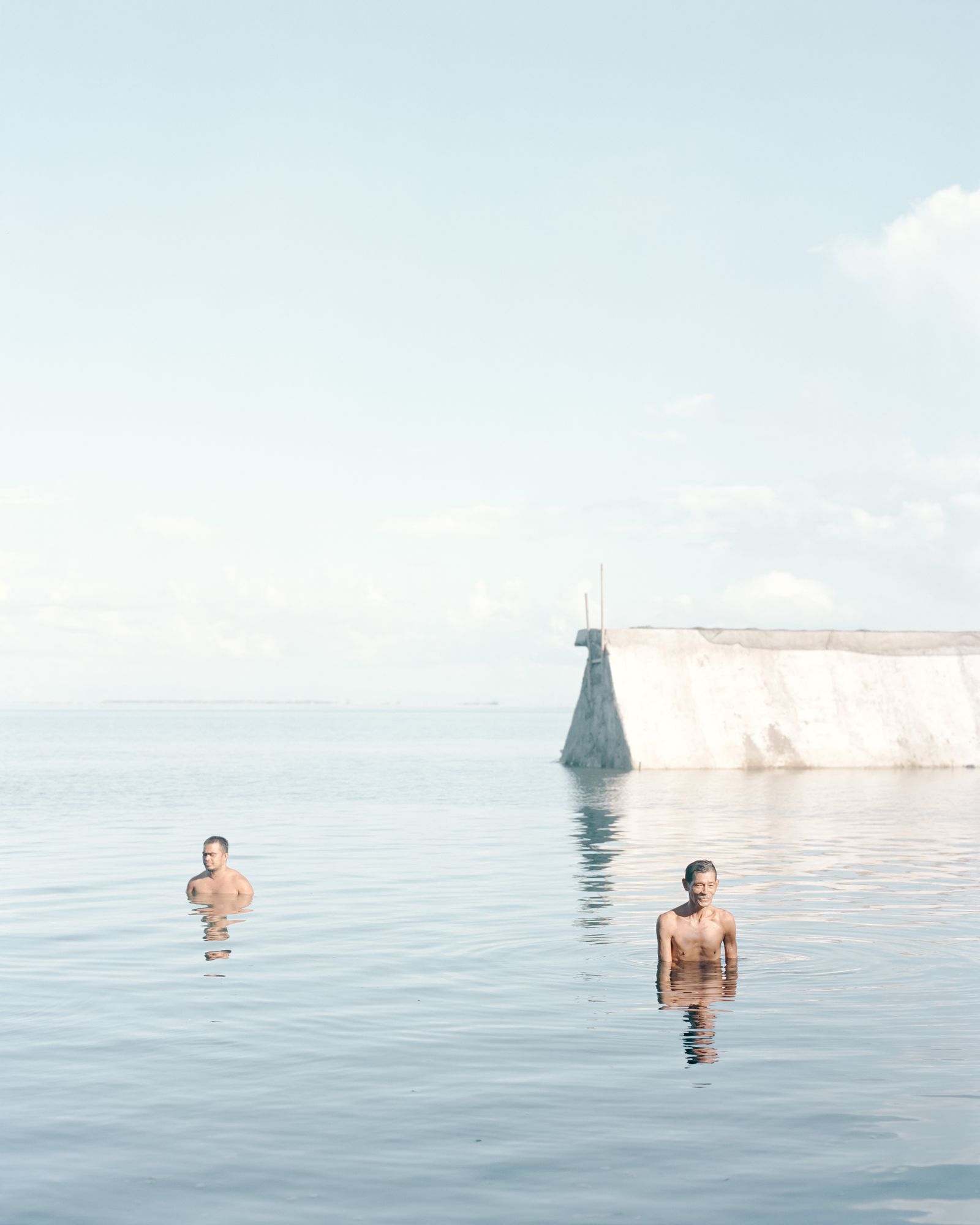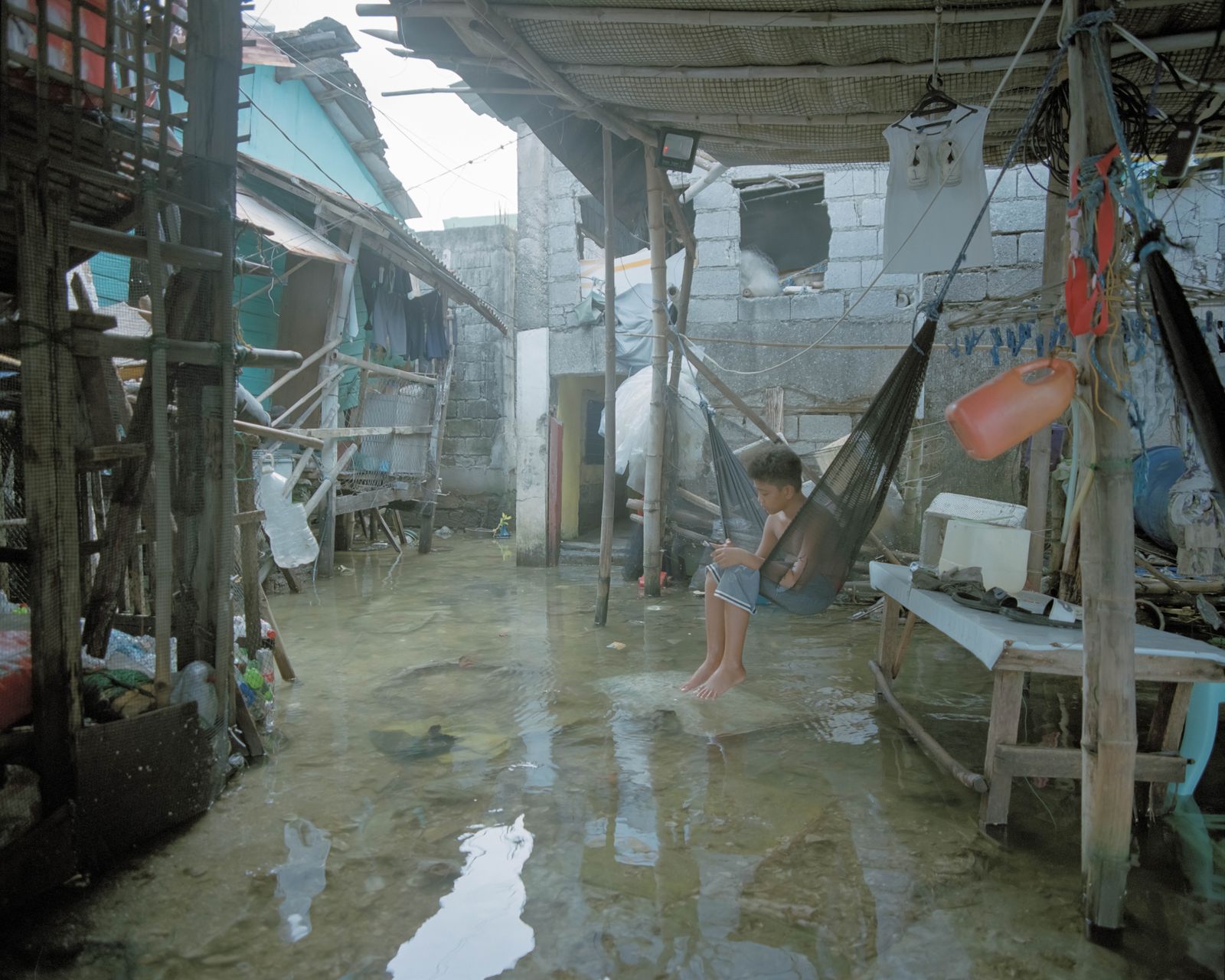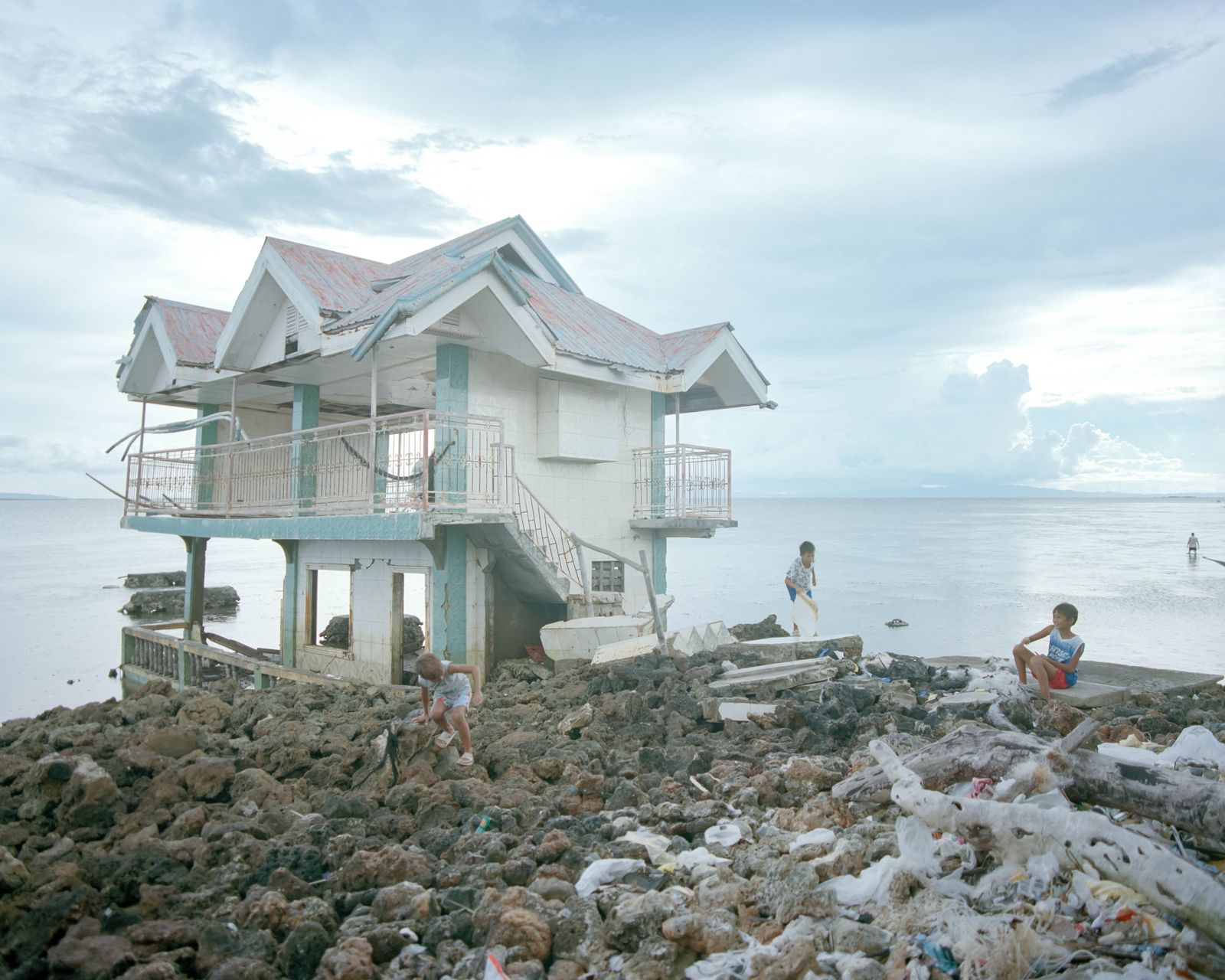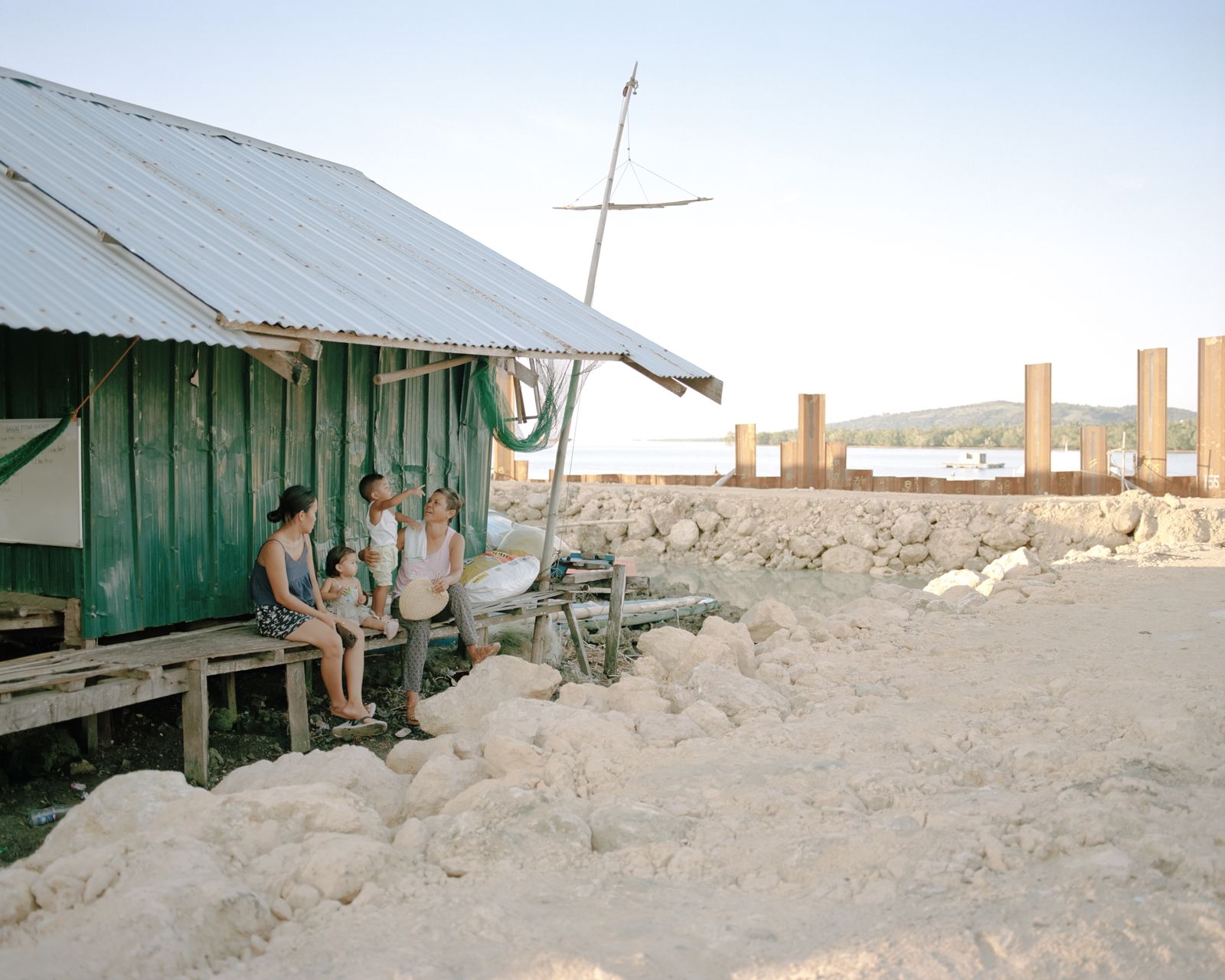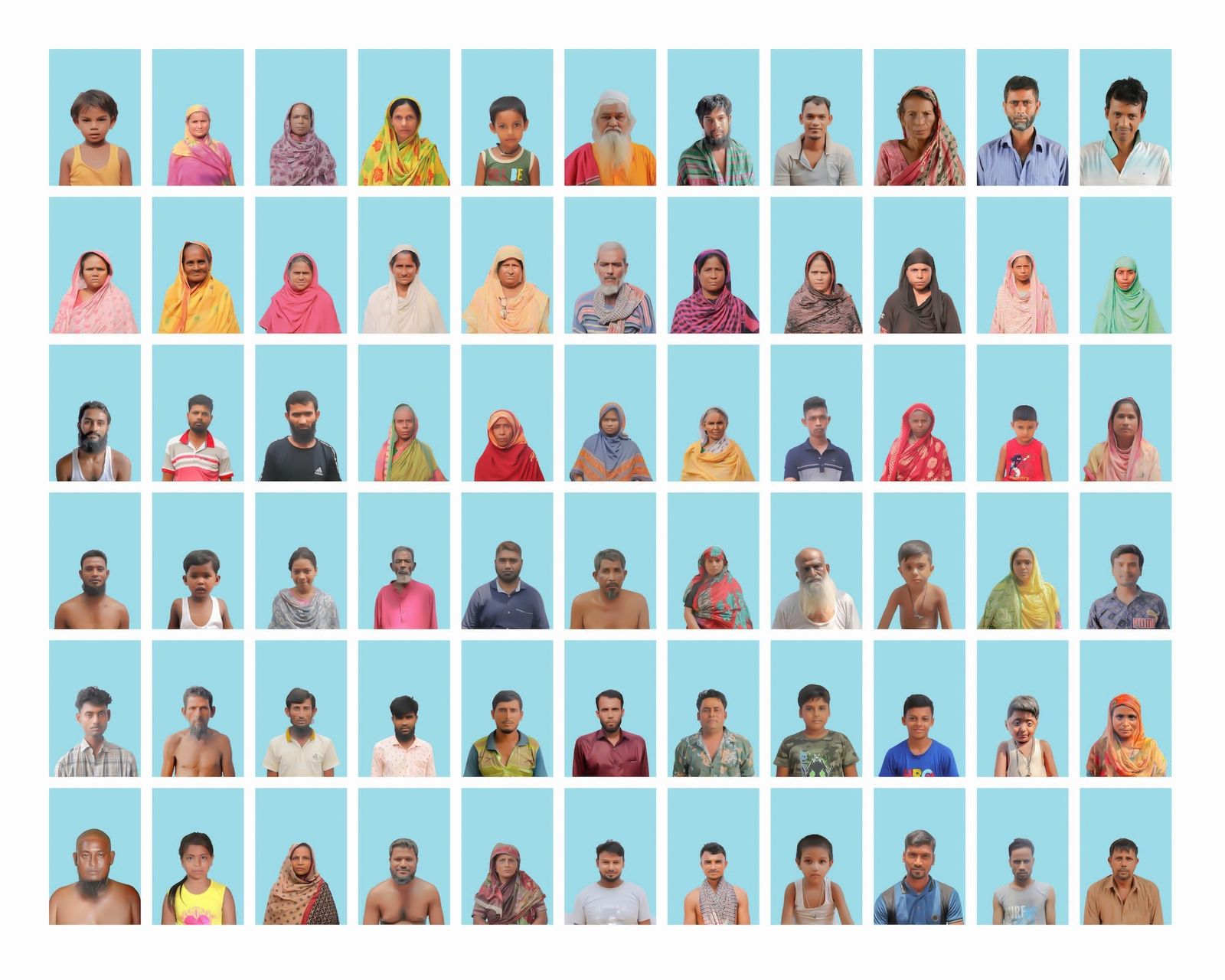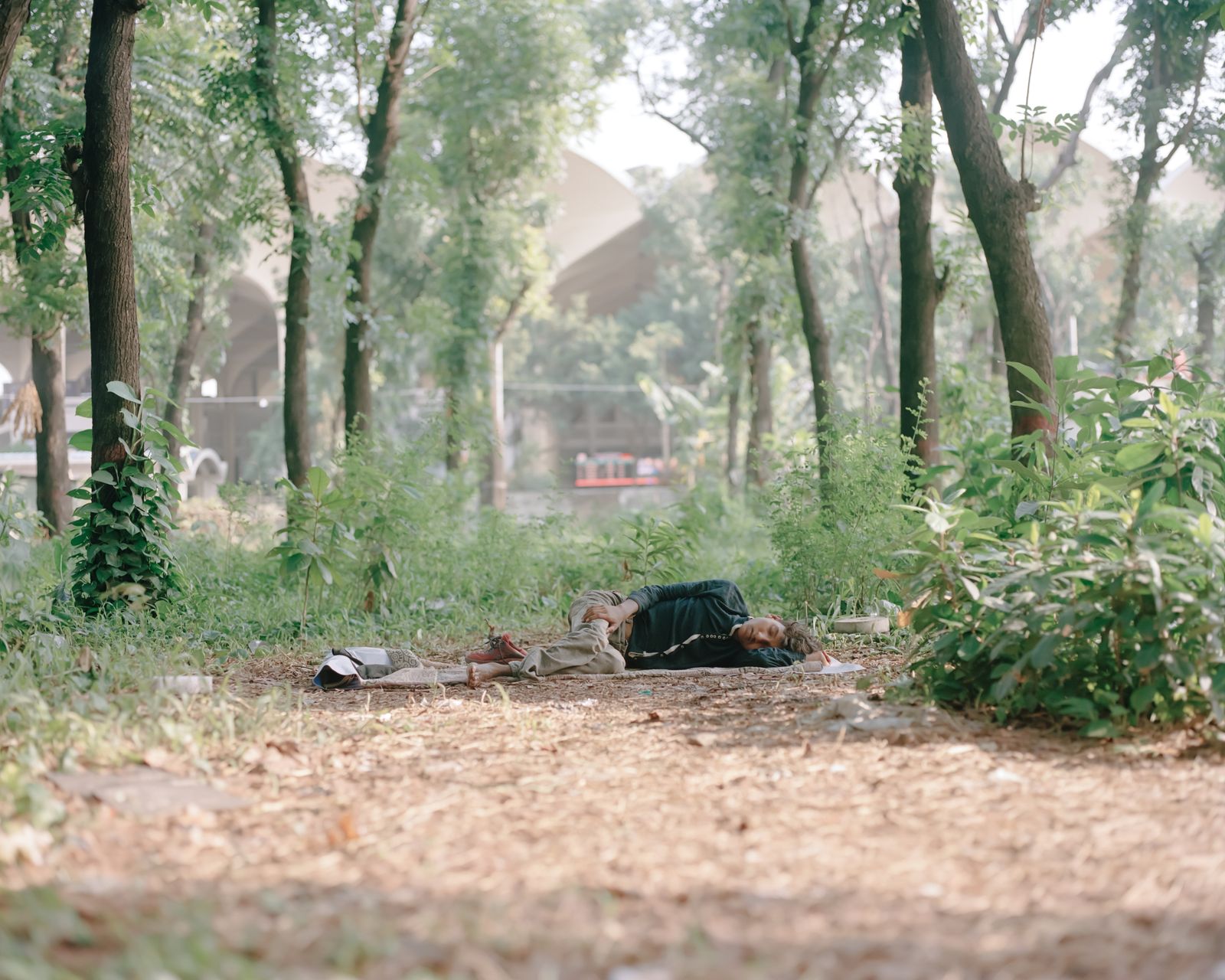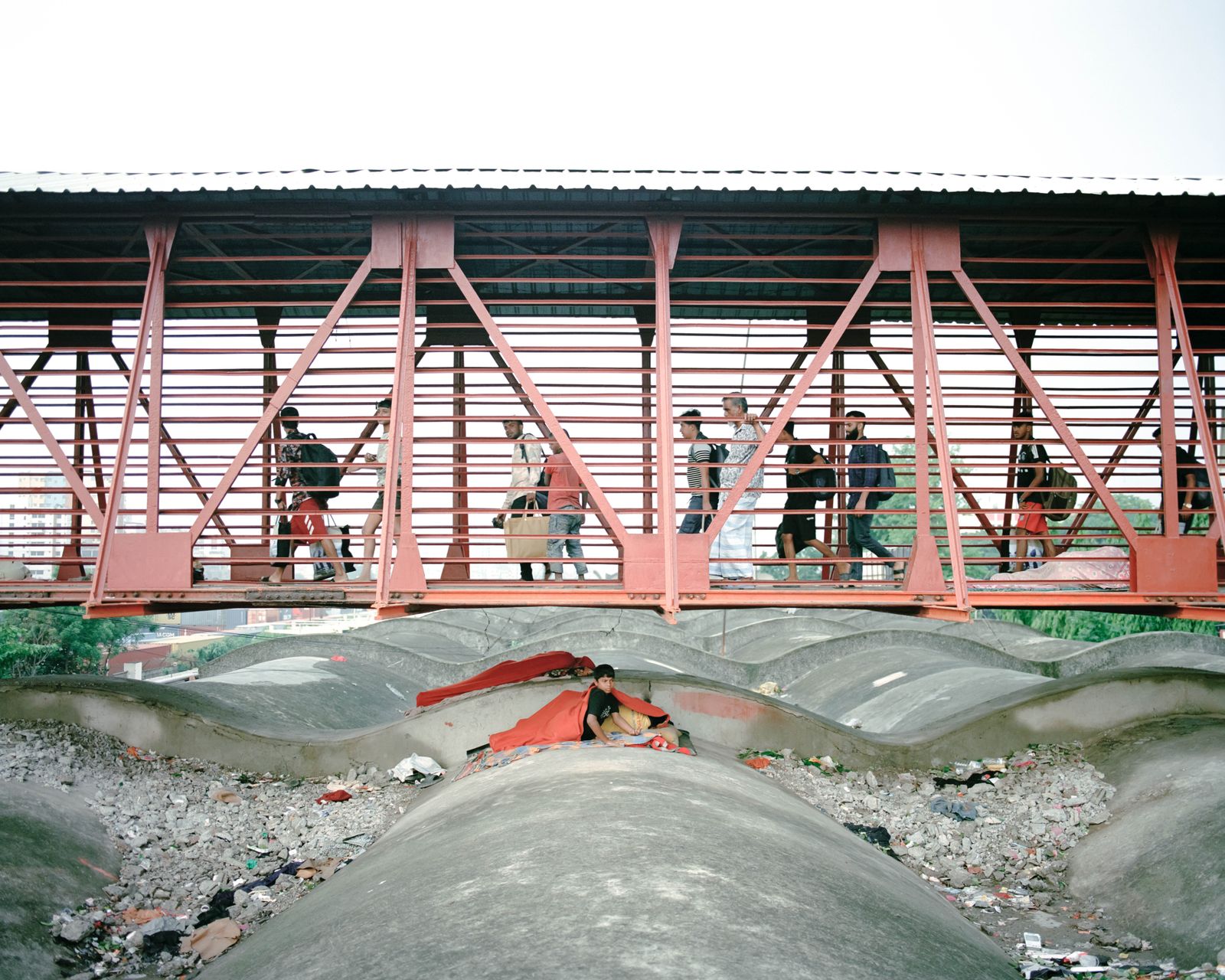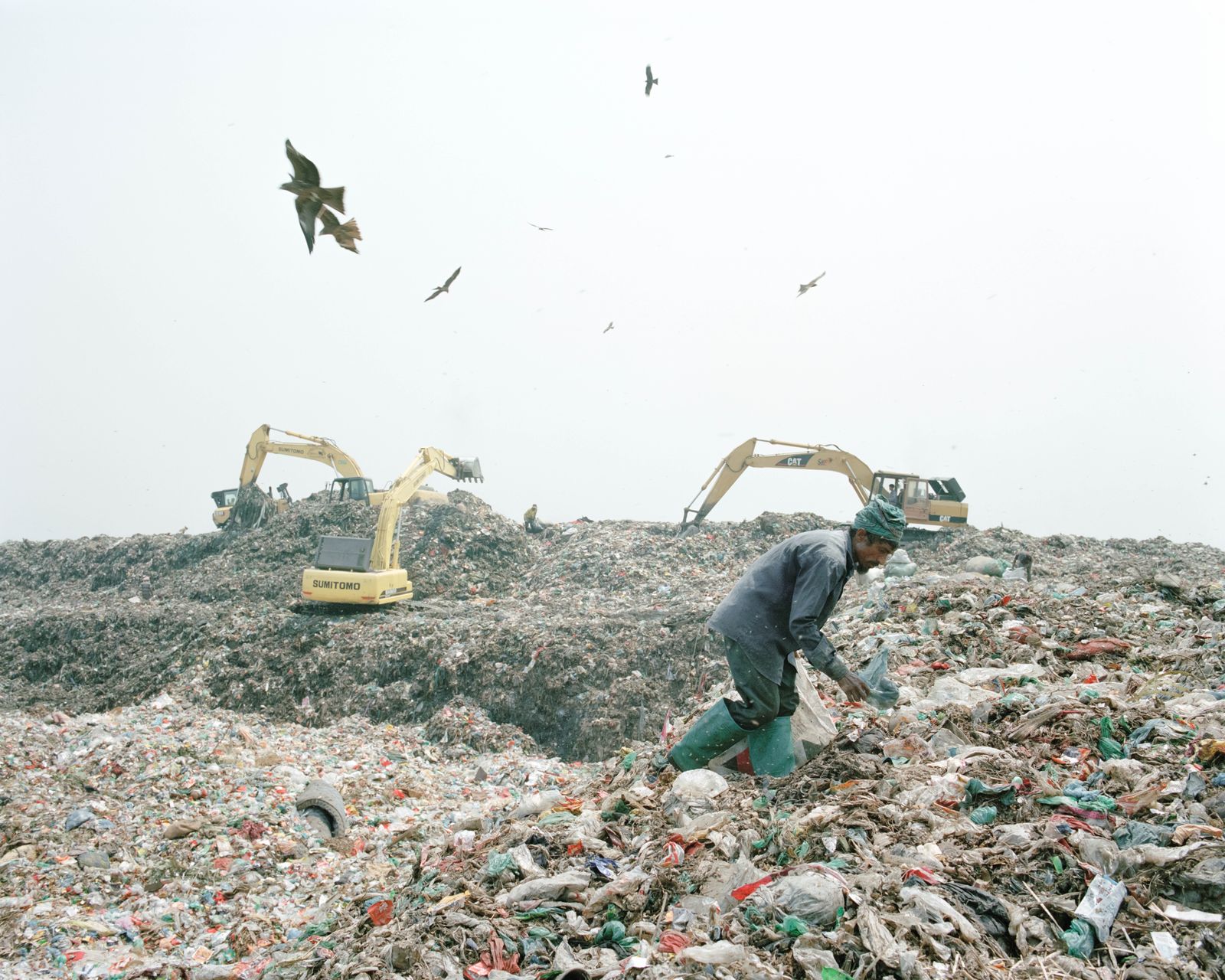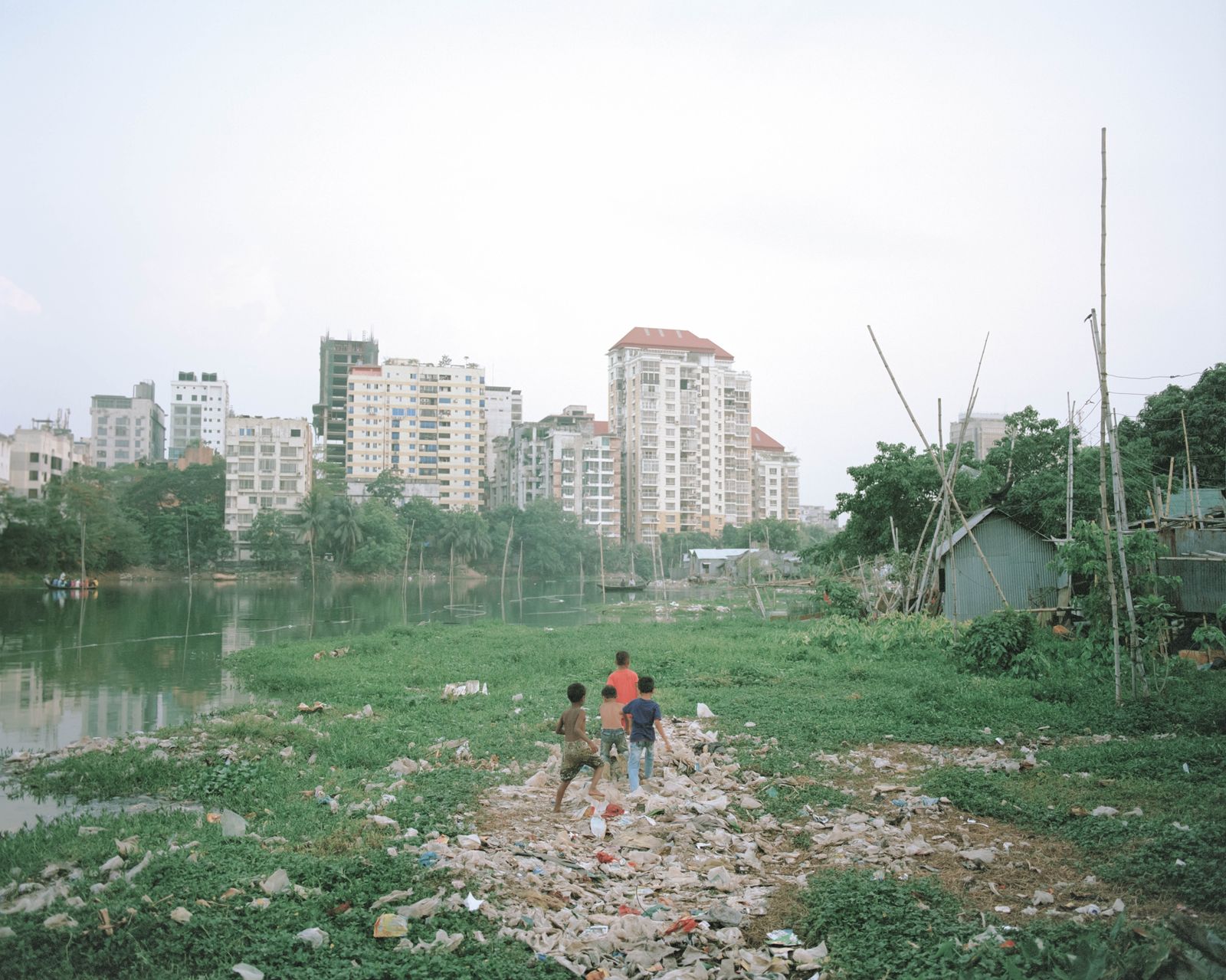The Chronicle of Us
-
Dates2021 - Ongoing
-
Author
- Topics Contemporary Issues, Daily Life, Documentary, Nature & Environment
- Locations Bangladesh, Philippines
This "The Chronicle of Us" is an ongoing project that aims to document one of the 21st-century's histories through the photo stories of people living with various impacts of climate change and portraits of climate migrants.
“The chronicle of us” is a photo story of the people living in the changing world by the impacts of climate change as one of the histories of the 21st century.
The 20th century is referred to as "the Century of Refugees," with a significant number of people compelled to leave their homes due to conflicts, genocide, racial discrimination, political persecution, ideological oppression, or religious persecution.
Since the beginning of this century, not only conflict but also irregular and sudden-onset hazards, such as intensifying cyclones, storms, floods, and heatwaves caused by global warming and abnormal weather events, besides slow-onset hazards such as sea-level rise and droughts, have spurred the outbreak of migrants worldwide.
People who are forced to leave their original places of residence due to the impacts of climate change are referred to as 'climate migrants' or 'environmental migrants.' This issue presents one of the most significant challenges for humanity, as there is concern that the number of climate migrants will rapidly increase and spread worldwide during this century.
According to the World Bank, the number of climate migrants is estimated to reach 216 million people worldwide by 2050.
Whereas such mass migration, people willingly continue to live peacefully with the impacts of climate change in their hometowns or cannot leave due to economic factors, family ties, connections to their ethnic groups, or traditional customs, despite ongoing land loss and deteriorating living conditions.
To deeply understand this issue, it is essential to know at first what is happening on the frontlines of the climate crisis, how its impacts have altered people’s lives, and how they adapt to changes in their living environments while striving to seek a safe and secure life. Human beings have prospered in correspondence with environmental change while repeating mass migrations on several occasions in history.
The record of endless migration due to the increasingly exacerbated impacts of climate change worldwide will create our future history. This time, I will tell the story through photographs that capture the characteristics of climate change and the portraits of climate migrants in South- southeast Asian countries and the Pacific regions as the first chapter of this project, which consists of six chapters.
As characteristics of climate change in these regions, frequent cyclones, intensifying storms, and severe and massive floods during the monsoon season severely impact rural people who depend especially on agriculture or fisheries in low-lying coastal or riverine zones. In addition, several islands in the archipelago, including the Philippines, Fiji, Kiribati, and Tuvalu, besides some coastal regions of Bangladesh and India, which are along the Bay of Bengal, are predicted to sink into the sea in the not-too-distant future due to rising sea levels, coastal erosion by the effects of cyclones that will occur more frequently.
Rapid urbanization caused by the influx of climate migrants is also one of the characteristics of the climate change effects in South-southeast Asia and the Pacific regions.
This phenomenon exacerbates daily challenges, causing a lack of employment opportunities, reducing human security, increasing the number of orphans, raising the crime rate and environmental degradation, and heightening tensions between local and migrant populations due to accepting migrants remaining ill-preparedness in providing social services and sufficient compensation for climate migrants.
I aim to tell one of our stories of the 21st century through this project that captured fragments of histories of the people worldwide who have been inflicted great burdens by the impacts of climate change.
